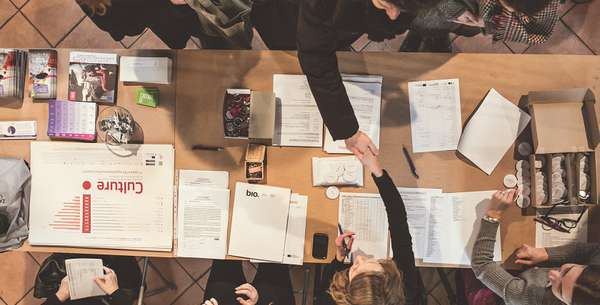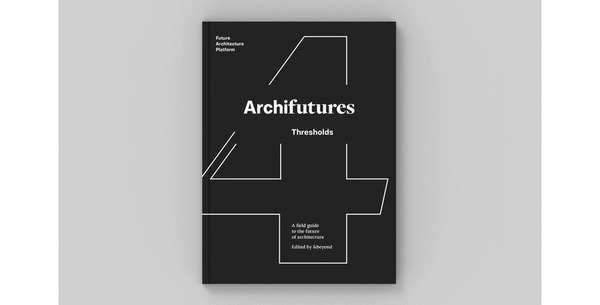Idea by
Paolo Patelli
Office And Synonyms
Call for ideas 2017
The Architecture (an Archaeology) of a Post—Nation
The Architecture (an Archaeology) of a Post—Nation
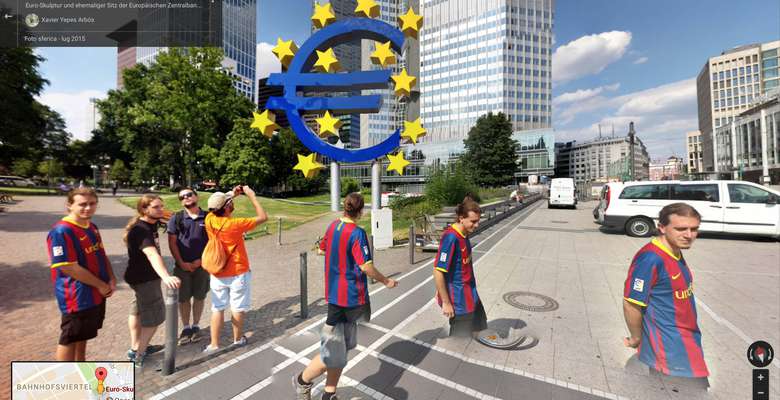
Europe is real, but structurally open and indefinable. The European integration has created a system of supranational entities in relation to the idea of post-nationalism: blurred cognitive sketches perhaps and real “things”, solidly built and tied together. What is the architecture that materialises the post-national political contract? The glazed facades of the European Commission, the itinerant European Council, the European Parliament, a room in Rome, a monument in Schengen, a prison in Ventotene, a line of barbed wire in Slovenia, transborder infrastructure in Zaventem, camping gear outside the European Court of Human Rights. At the center of the Eurozone’s financial capital, the light bulbs of the Euro-Skulptur need to be replaced, and someone recently painted one of the twelve stars in red. An ordinary, often dull, and inconspicuous materiality works within the construction of a political project. An archaeology of such materials addresses issues of ideology, power, and meaning.
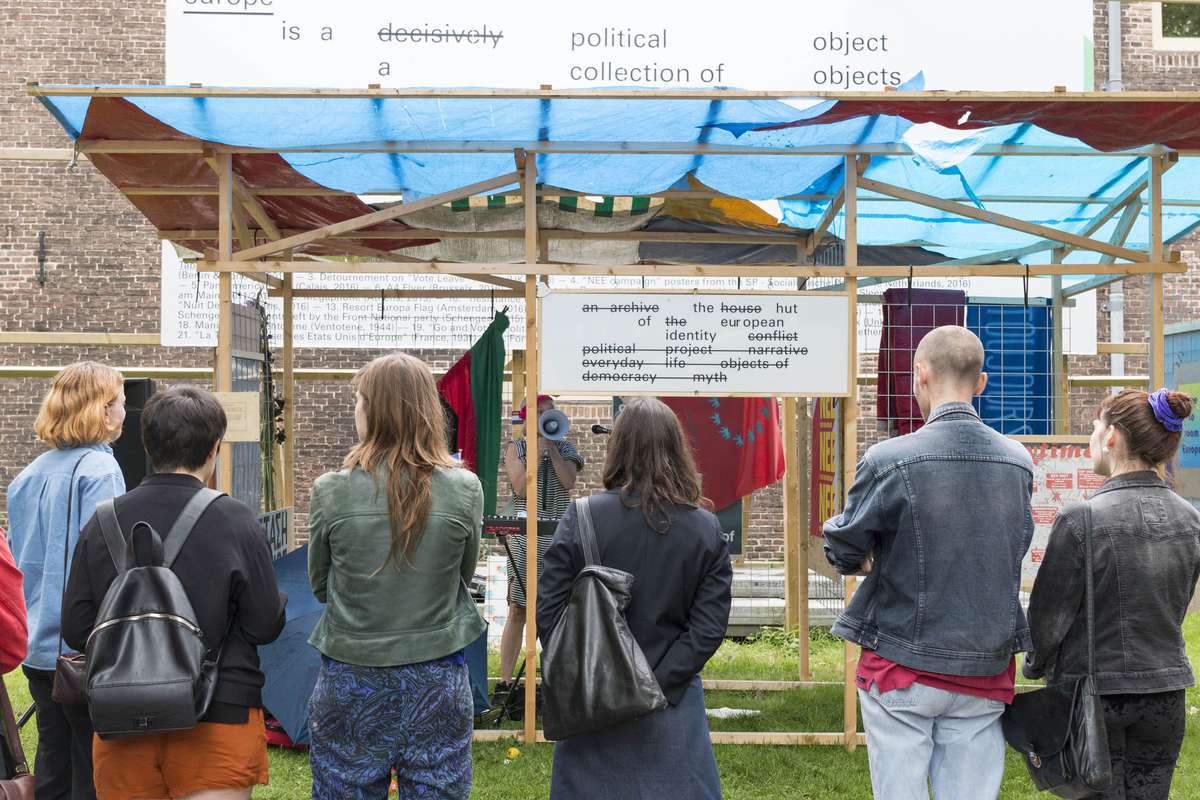
"The Hut of European Identity". Intervention realised for New Europeans, the Arts and Design programme of the 2016 Presidency of the EU Council in the Netherlands. (Amsterdam, 2016).
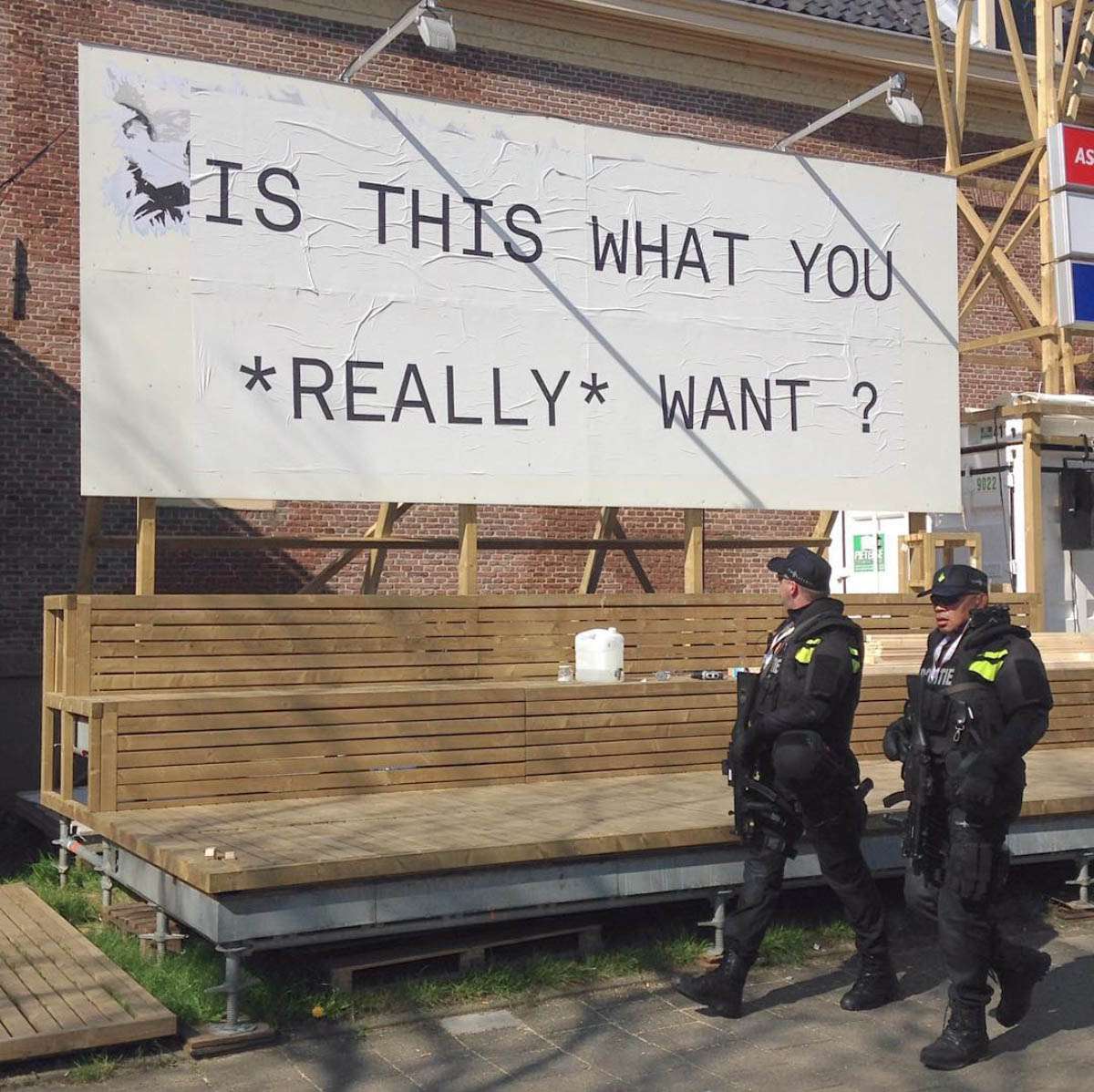
"Is this what you really want?". Poster realised for New Europeans, the Arts and Design programme of the 2016 Presidency of the EU Council in the Netherlands. (Amsterdam, 2016).

"Welcome Hotel". One of the activities documented in Calais, before the informal camp was demolished in 2016. Realised for New Europeans, the Arts and Design programme of the 2016 Presidency of the EU Council in the Netherlands. (Amsterdam, 2016).
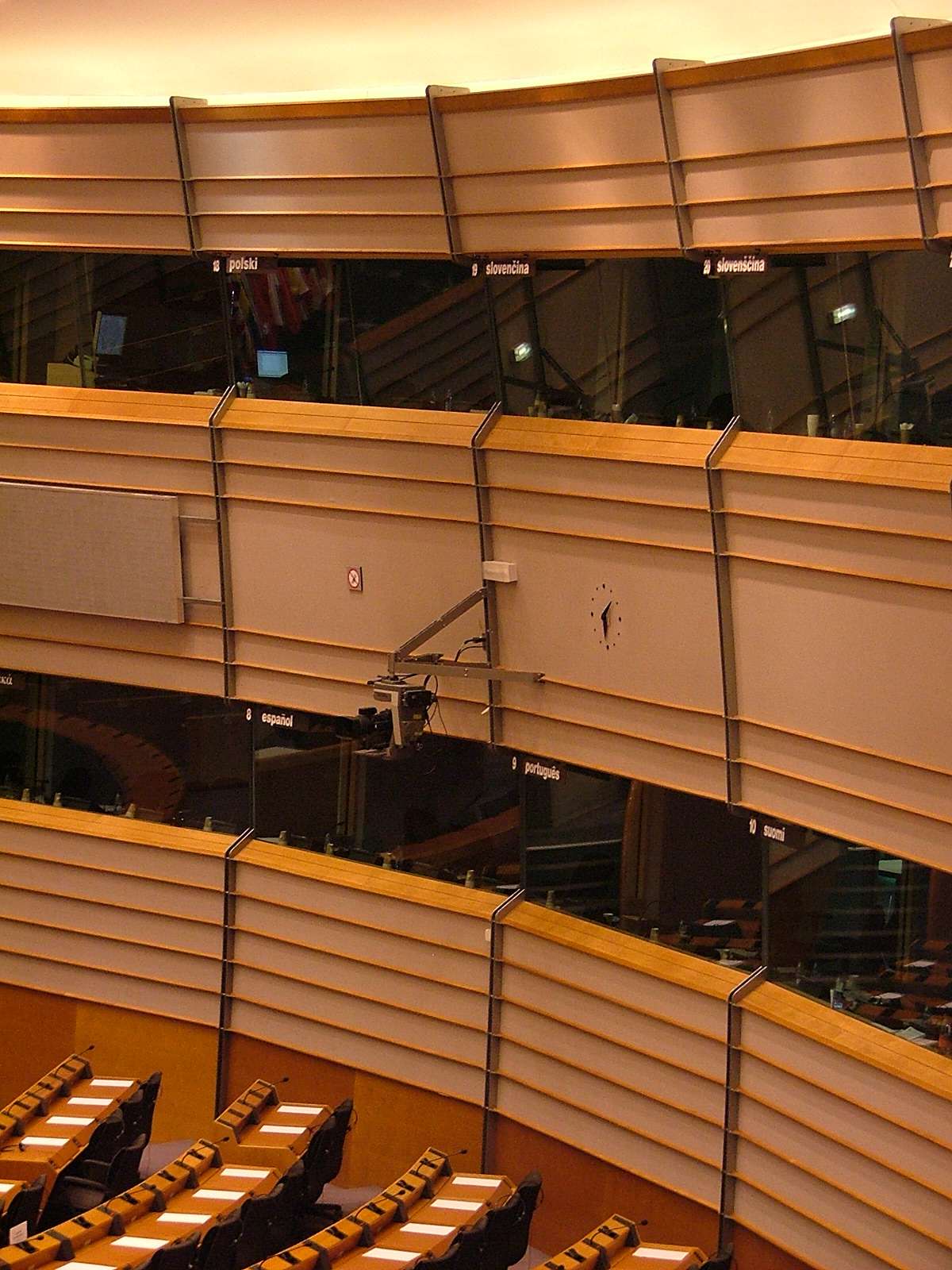
The hemicycle of the Parliament in Brussels. Interpreting booths in the hemicycle simultaneously translate debates between 24 languages. (photo: Alina Zienowicz)
The Architecture (an Archaeology) of a Post—Nation
The Architecture (an Archaeology) of a Post—Nation

Europe is real, but structurally open and indefinable. The European integration has created a system of supranational entities in relation to the idea of post-nationalism: blurred cognitive sketches perhaps and real “things”, solidly built and tied together. What is the architecture that materialises the post-national political contract? The glazed facades of the European Commission, the itinerant European Council, the European Parliament, a room in Rome, a monument in Schengen, a prison in Ventotene, a line of barbed wire in Slovenia, transborder infrastructure in Zaventem, camping gear outside the European Court of Human Rights. At the center of the Eurozone’s financial capital, the light bulbs of the Euro-Skulptur need to be replaced, and someone recently painted one of the twelve stars in red. An ordinary, often dull, and inconspicuous materiality works within the construction of a political project. An archaeology of such materials addresses issues of ideology, power, and meaning.
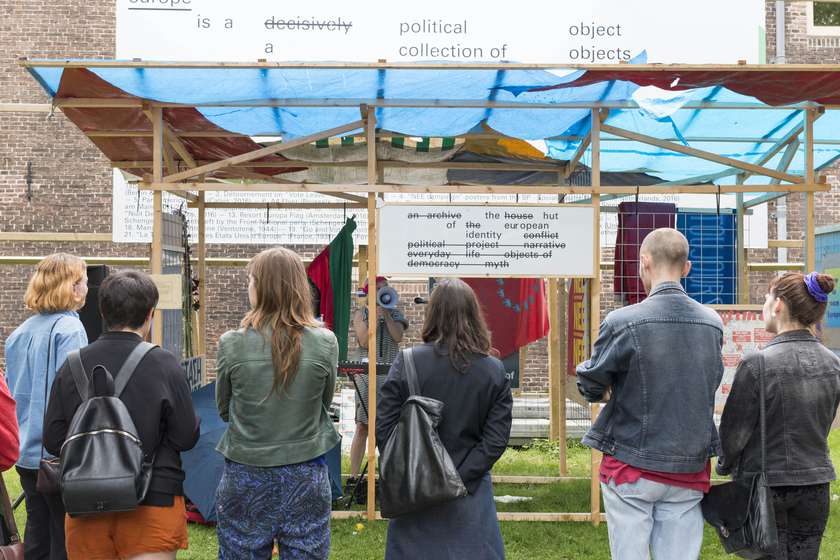
"The Hut of European Identity". Intervention realised for New Europeans, the Arts and Design programme of the 2016 Presidency of the EU Council in the Netherlands. (Amsterdam, 2016).
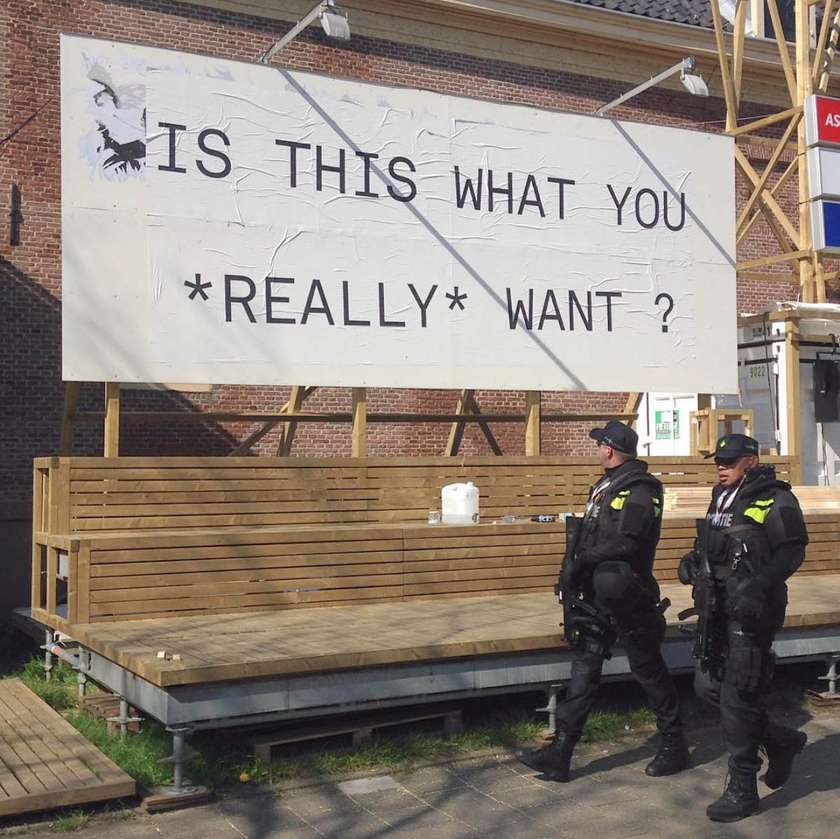
"Is this what you really want?". Poster realised for New Europeans, the Arts and Design programme of the 2016 Presidency of the EU Council in the Netherlands. (Amsterdam, 2016).
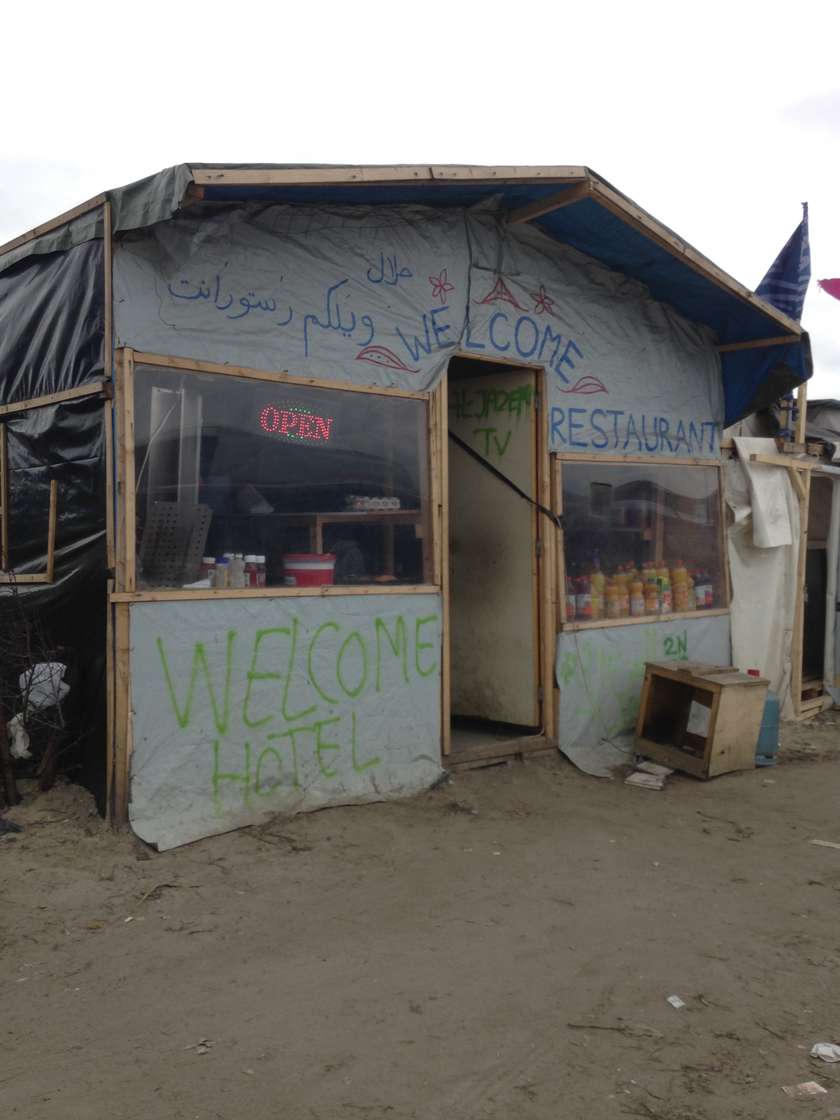
"Welcome Hotel". One of the activities documented in Calais, before the informal camp was demolished in 2016. Realised for New Europeans, the Arts and Design programme of the 2016 Presidency of the EU Council in the Netherlands. (Amsterdam, 2016).
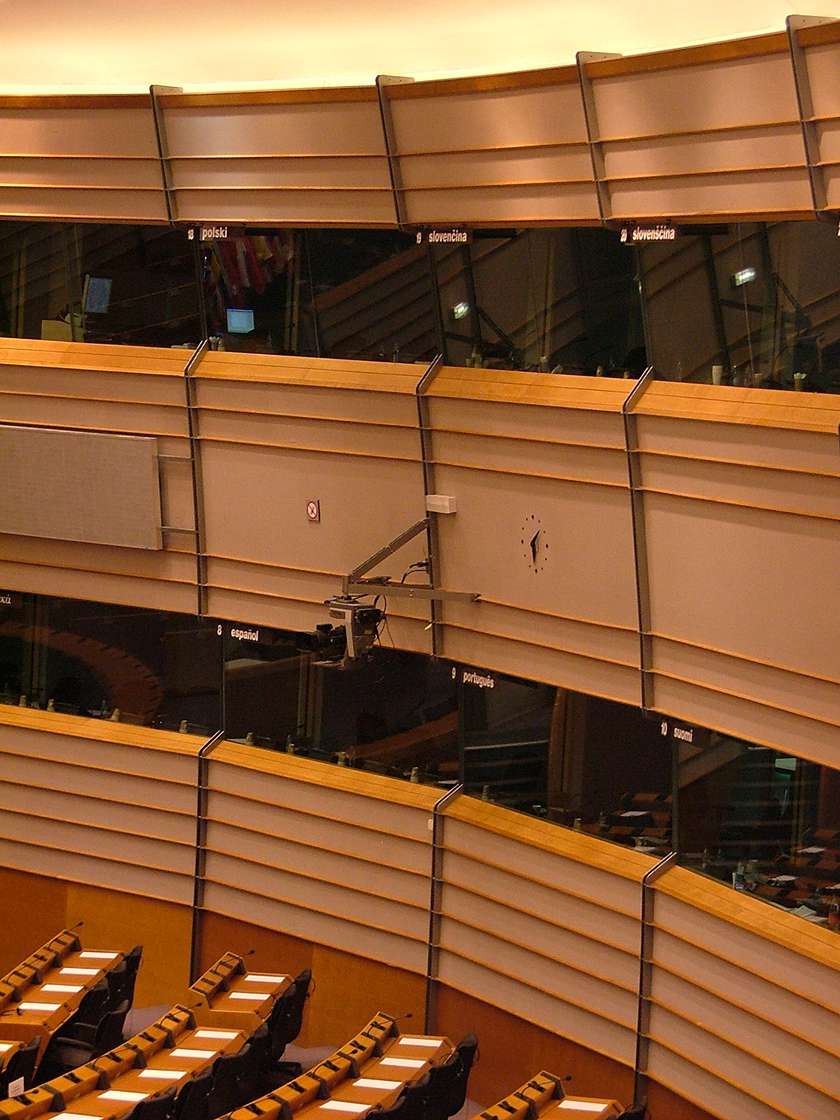
The hemicycle of the Parliament in Brussels. Interpreting booths in the hemicycle simultaneously translate debates between 24 languages. (photo: Alina Zienowicz)



